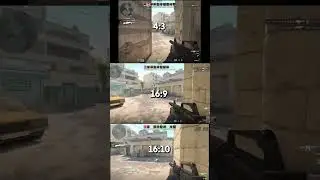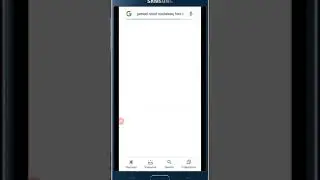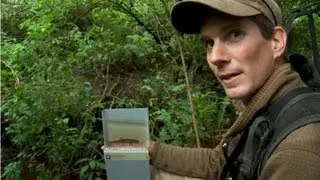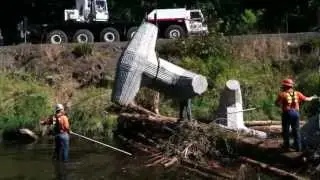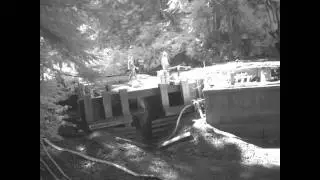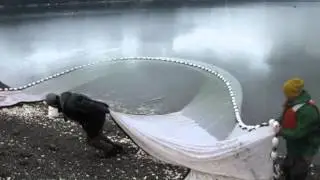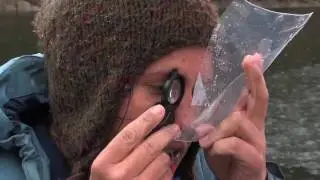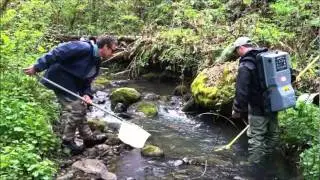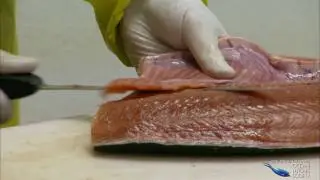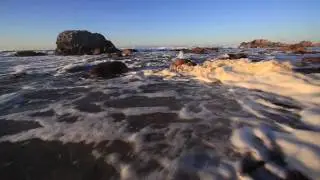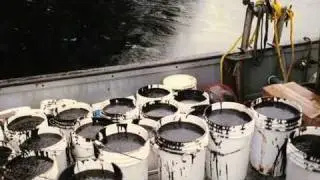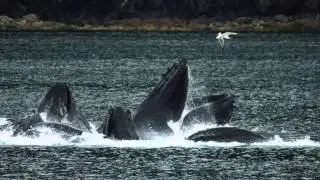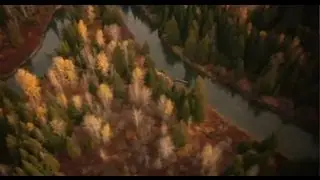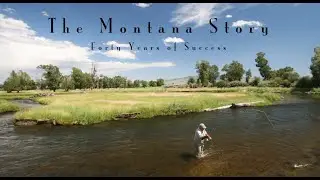A Case for Water Typing in Washington State
Water typing is a process to identify and classify stream, lakes, and wetlands into types, depending on their physical, biological, and human-use characteristics. This process was originally intended to regulate forest practices that impact Washington's surface waters. This basic inventory is the most fundamental step in conserving wild-fish habitats. Unfortunately, many of the current records and maps are inaccurate and underestimate the actual miles of fish-bearing waters. Since 1994, WFC has been surveying streams throughout Washington to correct their misclassification and qualify them for the protection warranted under existing laws. Through specific, ongoing water-typing projects, we have corrected the classification of nearly 7000 stream reaches statewide. This incredible new video takes a close look at this statewide issue and explains just how important water typing is to the future of wild fish, our watersheds, and our communities.






